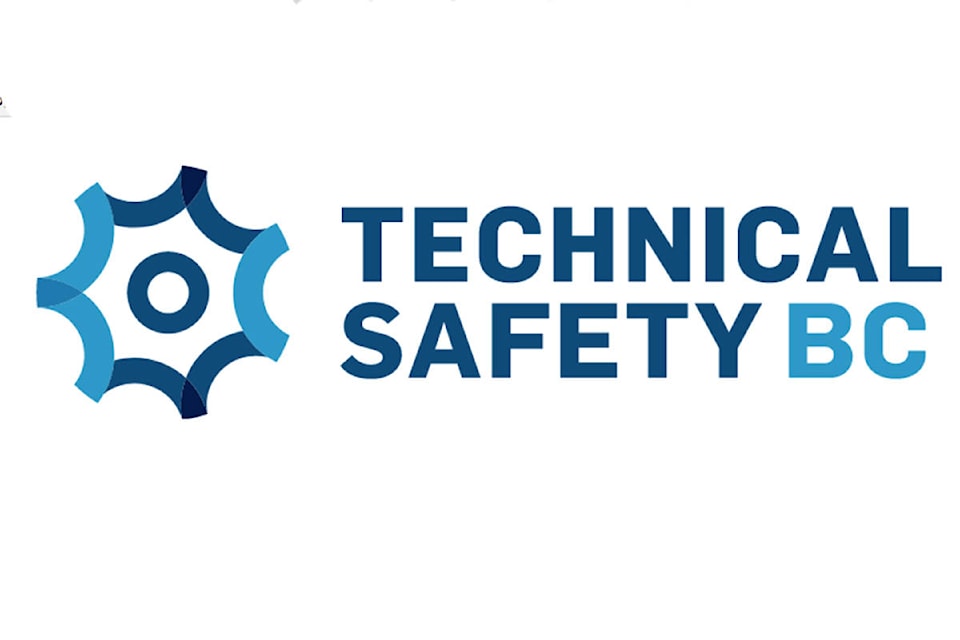VANCOUVER – Spring is often a busy time for preventative maintenance around the home.
But when it comes to gas and electrical appliance maintenance, Technical Safety BC reminds homeowners to use licensed contractors and be aware of the risks of carbon monoxide (CO).
Last spring, carbon monoxide exposure took the lives of a family near Ashcroft, B.C. The cause was an incorrectly-installed tankless, on-demand water heater in the living area of the home that was venting carbon monoxide indoors. The installation of the water heater was unpermitted, unlicensed and unsafe.
READ MORE: Carbon monoxide poisoning suspected in Venables Valley deaths (Mar. 25, 2017)
Carbon monoxide can be neither seen nor smelled, which is why it is known as the “silent killer” and can overcome its victims undetected.
Breathing low levels of carbon monoxide over a long period of time can also cause severe heart problems and brain damage.
How to prevent CO poisoning:
• Install Canadian-approved CO alarms on every floor of your home, especially near sleeping areas;
• Schedule regular inspections of gas appliances (e.g., furnaces, fireplaces, gas stoves, hot water heaters, boilers, etc.) by a licensed gas contractor (find a listing on Technical Safety BC’s website);
• Keep the area around your furnace clear for proper air circulation;
• Keep all air ducts, vents, and screens free of obstructions;
• Never operate portable fuel-burning devices such as camp stoves, lanterns, generators, lawn equipment, barbecues indoors or in closed spaces;
• Don’t leave a vehicle engine running inside an enclosed garage or space;
• Do not close a fireplace or stove damper before the fire is completely out; and
• Do not use gas-powered generators, lawn equipment or engines in enclosed areas.
Know the warning signs of CO gas at home:
• CO alarm sounds;
• Loose, disconnected, water-streaked or rusty chimney vents;
• Soot build-up or discolouration on fireplaces;
• Discolouration of fuel-burning appliances or heating system warm air vents;
• Window condensation; and
• Sick or dying pets or plants.
If you suspect CO exposure:
• Get outside immediately;
• Once safely outdoors, call 9-1-1 for help; and
• Seek immediate medical attention. CO poisoning can be fatal if left untreated. A doctor can order a blood test to measure the amount of carbon monoxide in your blood. If it is high, you may require oxygen therapy to reduce CO levels – either through a mask or via a hyperbaric chamber;
Know the symptoms of CO gas poisoning:
• MILD symptoms can be mistaken for the flu or food poisoning. They include headache, nausea, and dizziness;
• STRONG symptoms include breathlessness, confusion or hallucinations;
• SEVERE symptoms are life-threatening and can include collapse, convulsions or unconsciousness.
About Technical Safety BC
Technical Safety BC, formerly BC Safety Authority is an independent, self-funded organization mandated to oversee the safe installation and operation of technical systems and equipment. In addition to issuing permits, licences and certificates, it works with industry to reduce safety risks through assessment, education and outreach, enforcement, and research. www.technicalsafetybc.ca
newsroom@clearwatertimes.com
Like us on Facebook and follow us on Twitter
